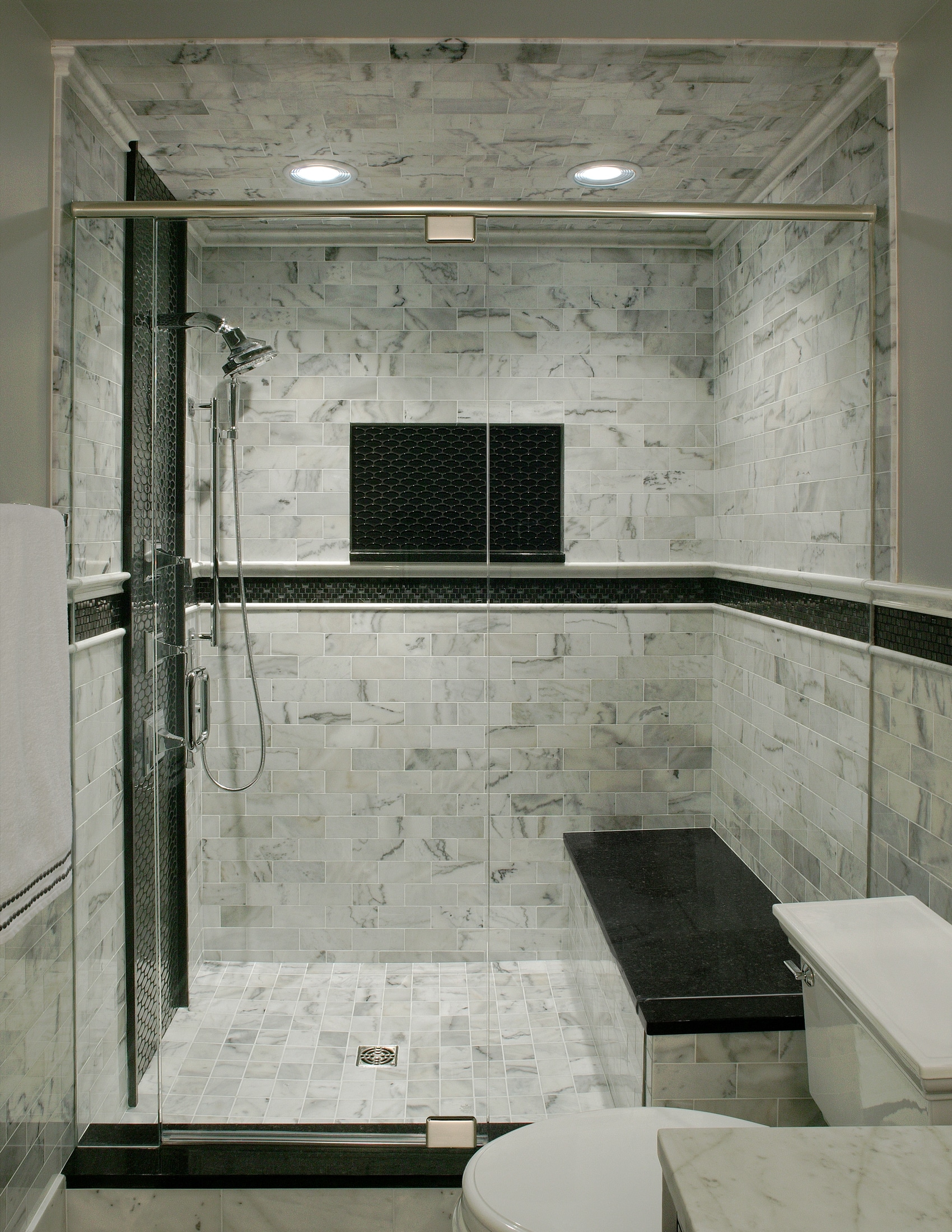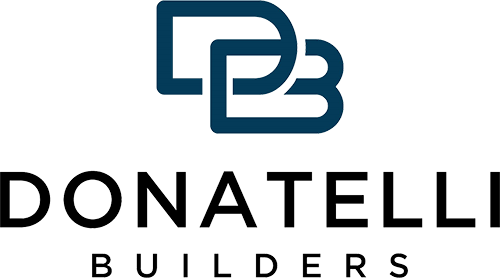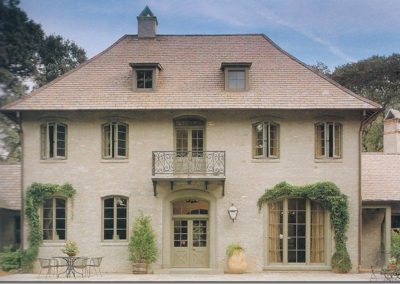The answer to that question is “yes.” In this day and age, we all try to be conscious of how much energy we use and how much money leaves our wallets each month. Whenever I can share helpful information that saves you cash, I will. In this particular blog, I’ll address what a heat recovery ventilator (HRV) is, why it’s beneficial to your home, and how much you can expect to pay for one.
What is a heat recovery ventilator (HRV) for a home?
A heat recovery ventilator is a whole-house ventilation system that brings in a continuous supply of fresh, filtered air from the outside while it exhausts stale or contaminated air, excess moisture and pollutants from a home’s interior. Think of how your house smells in the kitchen after you cook and how steamy your bathroom is after you shower. That added moisture can cause damage in your home. An HRV system is a great way to extract that damp air from high-moisture areas.
If a family member is sick and carrying a cold or flu virus, think of the contaminated air that person is generating just by breathing and coughing. Your home’s HRV system can help expel those impurities effectively. Furthermore, with winter practically here, a heat recovery ventilator will also aid in ridding your home of the extra condensation buildup around your windows.
Why Choose an HRV for your Chicagoland Home?
Heat recovery ventilators are becoming increasingly popular because today’s homes are built to be airtight, and thus not as well ventilated. In addition to removing excess moisture and irritants from your home, heat recovery ventilators can recover up to 90 percent of the heat from the exhaust air because they are manufactured with variations of an air-to-air heat exchanger.
A heat recovery ventilator doesn’t replace anything in your home. Think of it as a necessary upgrade. It works in conjunction with your existing furnace and usually hooks up into the ductwork of your furnace. Maintenance includes periodic filter changes (every year or every 24 months). Many of us learn with visuals. Pictured here is a good example of an HRV from Fantech, a company whose products we’ve used recently: 
Benefits of a Heat Recovery Ventilator Whole-house System
According to the Green Building Advisor, the biggest advantage of having a heat recovery ventilator in your home is that it recovers some of the heat that would naturally leave your home with the exhausted air. Its technology allows it to capture heat while still extracting stale air, which means your furnace isn’t running as much and ends up saving you money each month. There are several benefits to installing a heat recovery ventilator in your home. An HRV:
- Provides a continuous supply of fresh air into your home’s interiors, and filters that fresh air by removing harmful toxins, impurities, dust, pollens and other contaminants.
- Extracts contaminated air from your home (especially high-moisture air in kitchens and bathrooms), while still recovering its heat.
- Transfers the recovered heat to the incoming fresh air.
- Lowers monthly energy costs.
- Prevents mold and mildew growth.
- Helps to provide an overall healthier home.
- Improves air quality within a home, which is especially needed for people living with asthma or other health conditions.
Installation and Cost of a Heat Recovery Ventilator
Just like furnaces or air conditioning units, manufacturers of heat recovery ventilators offer models in different sizes. The size you need is based on the square footage of your home. An experienced heating contractor will determine what type of heat recovery ventilator is best for your size home. We work with Sunrise Temperature Service, Inc., a great local company we know and trust.
If you’re planning to build a house in 2014, I’d recommend incorporating an HRV into those plans now since it is more cost-effective to do so in new construction. Are you renovating your home or considering a retrofit for an HRV? The same principle applies. A heating and ventilation specialist will evaluate the existing conditions of your living space and determine the best solution for your home.
Prices for a new heat recovery ventilator range from $2,400 installed for smaller units and go up to $10,000 installed for larger units in high-end custom homes. The average price usually falls in the $5,000 range.
Another related trend are Fantech remote systems. They’re quiet but powerful. Our clients love these remote ventilation exhaust systems. Think of the fan in your bathroom. Is it loud and somewhat annoying when it’s running? Consider a change. A remote ventilation system is silent. Its motor is installed in the home’s attic, which allows for the fan in the bathroom to be noiseless as it exhausts the high-moisture air to the exterior. Our team has installed remote fans using timer switches so homeowners don’t have to worry about shutting them off.
And what we really find beneficial is that the inlets can be installed in or above a shower because they are the only product with a UL “Wet Location” Rating; a typical ceiling fan cannot be placed in these locations. Take a look at the guest bathroom pictured here in this blog to give you a better idea. It shows a Fantech exhaust with (optional) lighted grilles.  Start thinking about heat recovery ventilators and remote ventilation systems for your home this winter. I highly recommend it.
Start thinking about heat recovery ventilators and remote ventilation systems for your home this winter. I highly recommend it.




